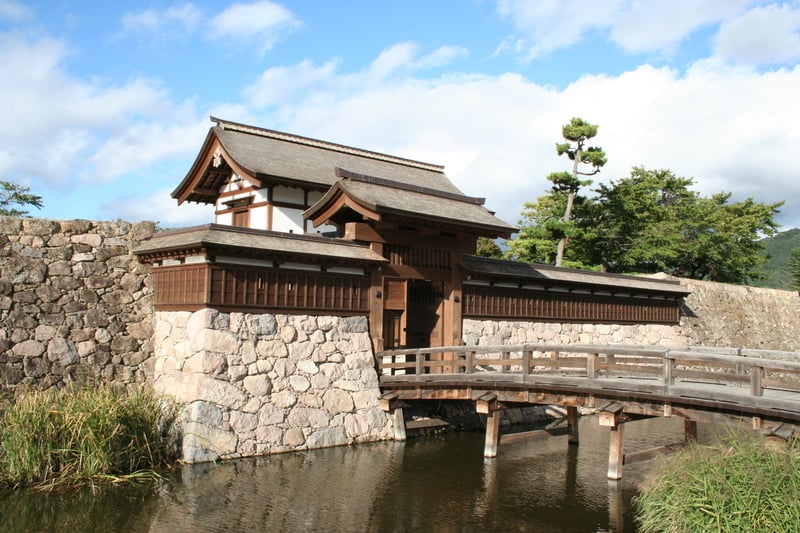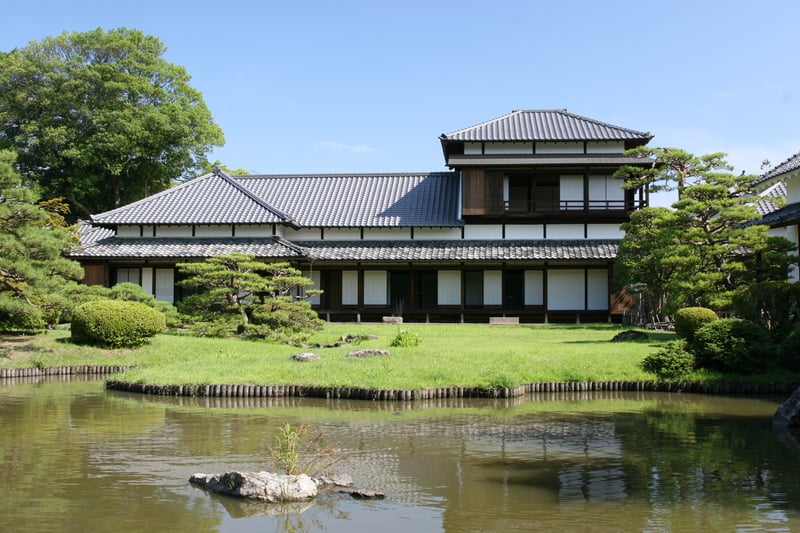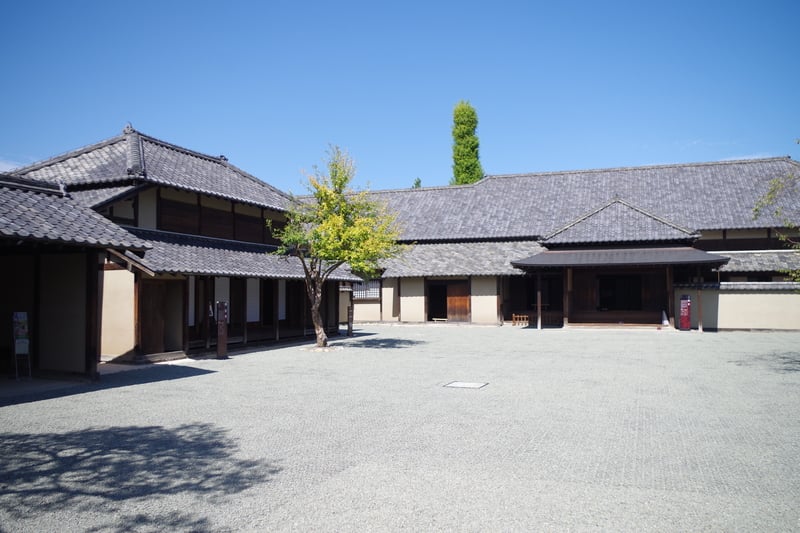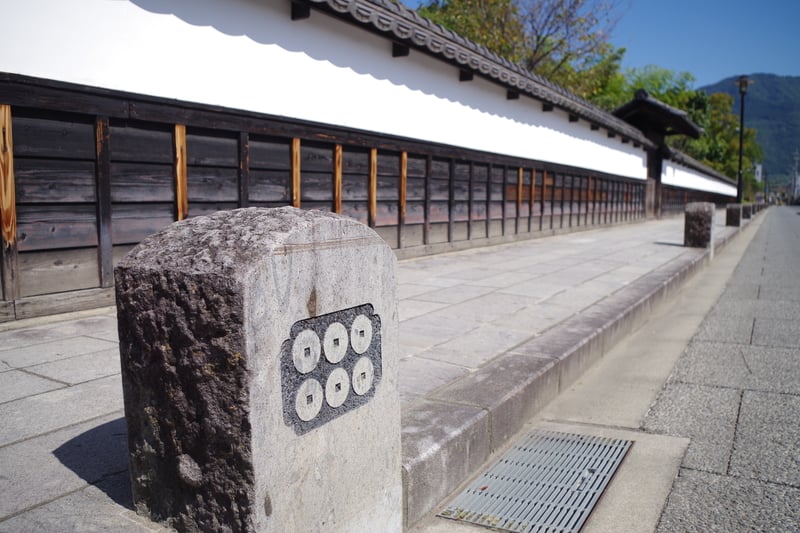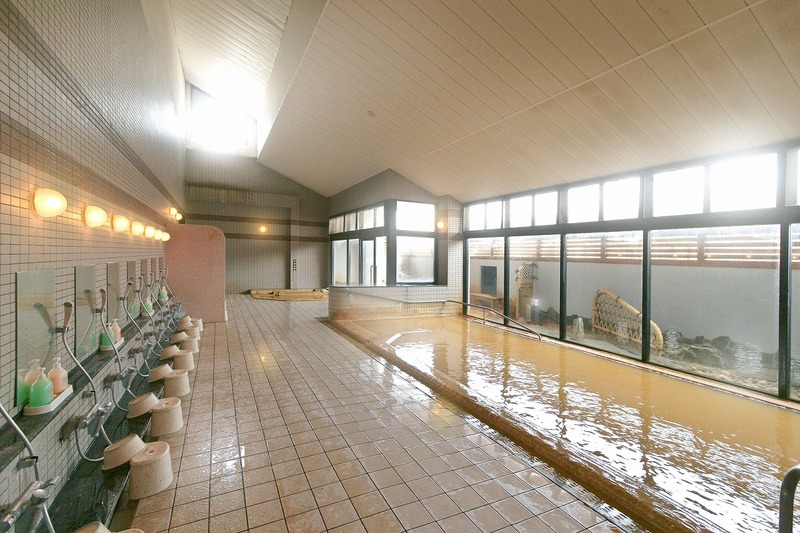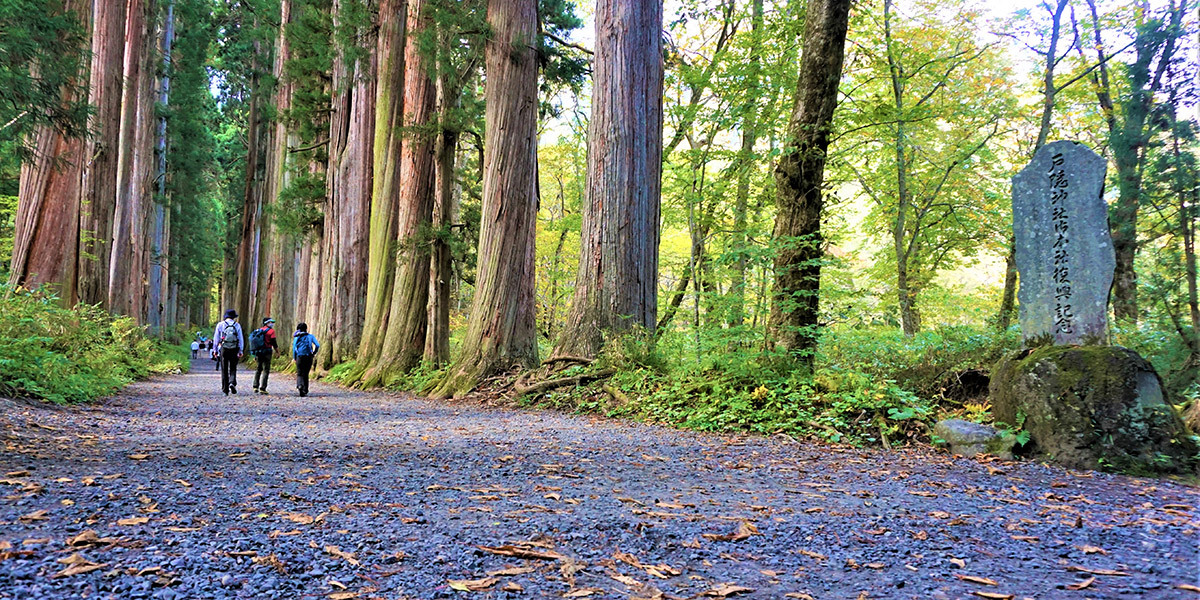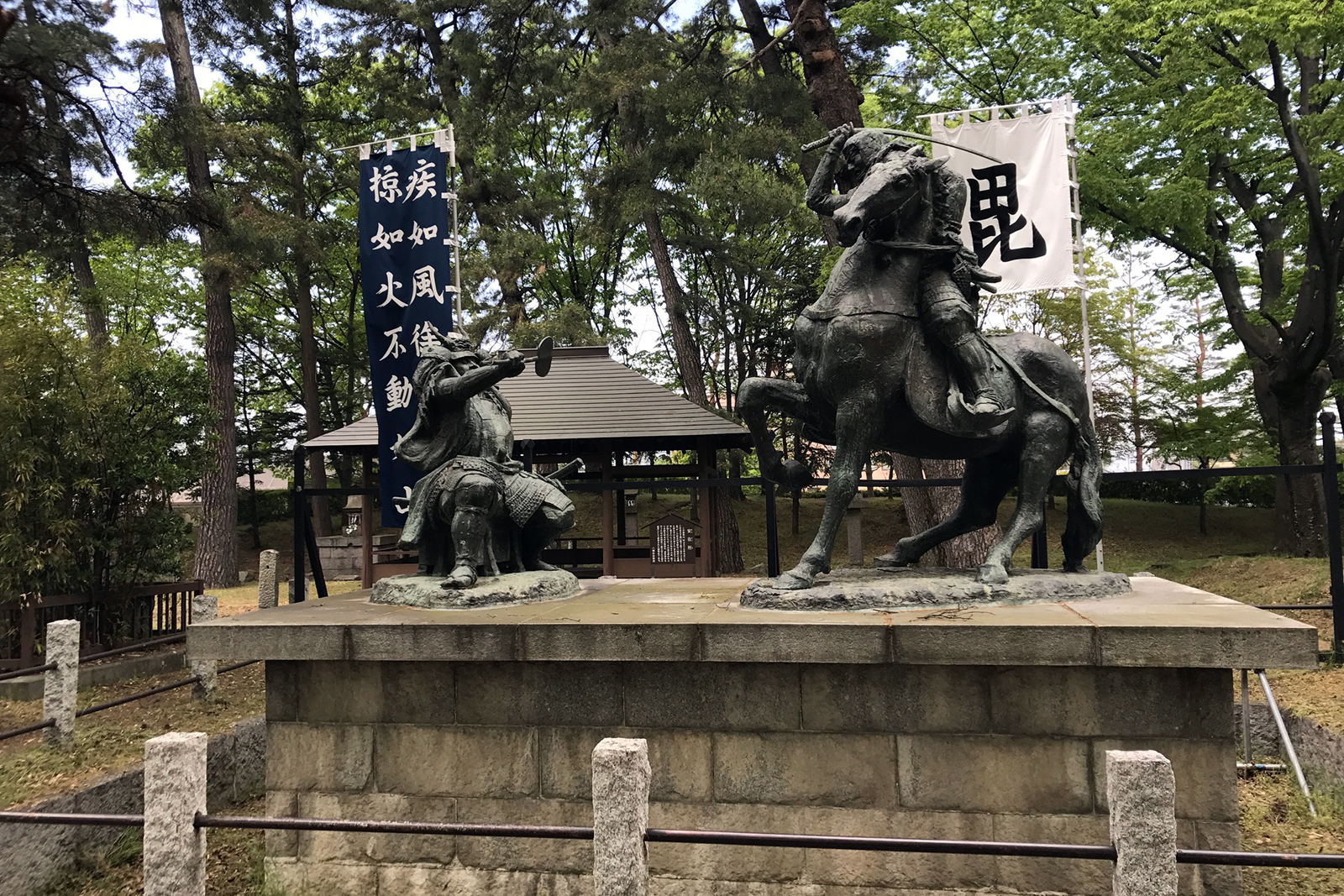Historical and Cultural Sightseeing Spots around Nagano City
Visit 1,400-year-old temples, ancient shrines and art-filled towns in and around Nagano City.
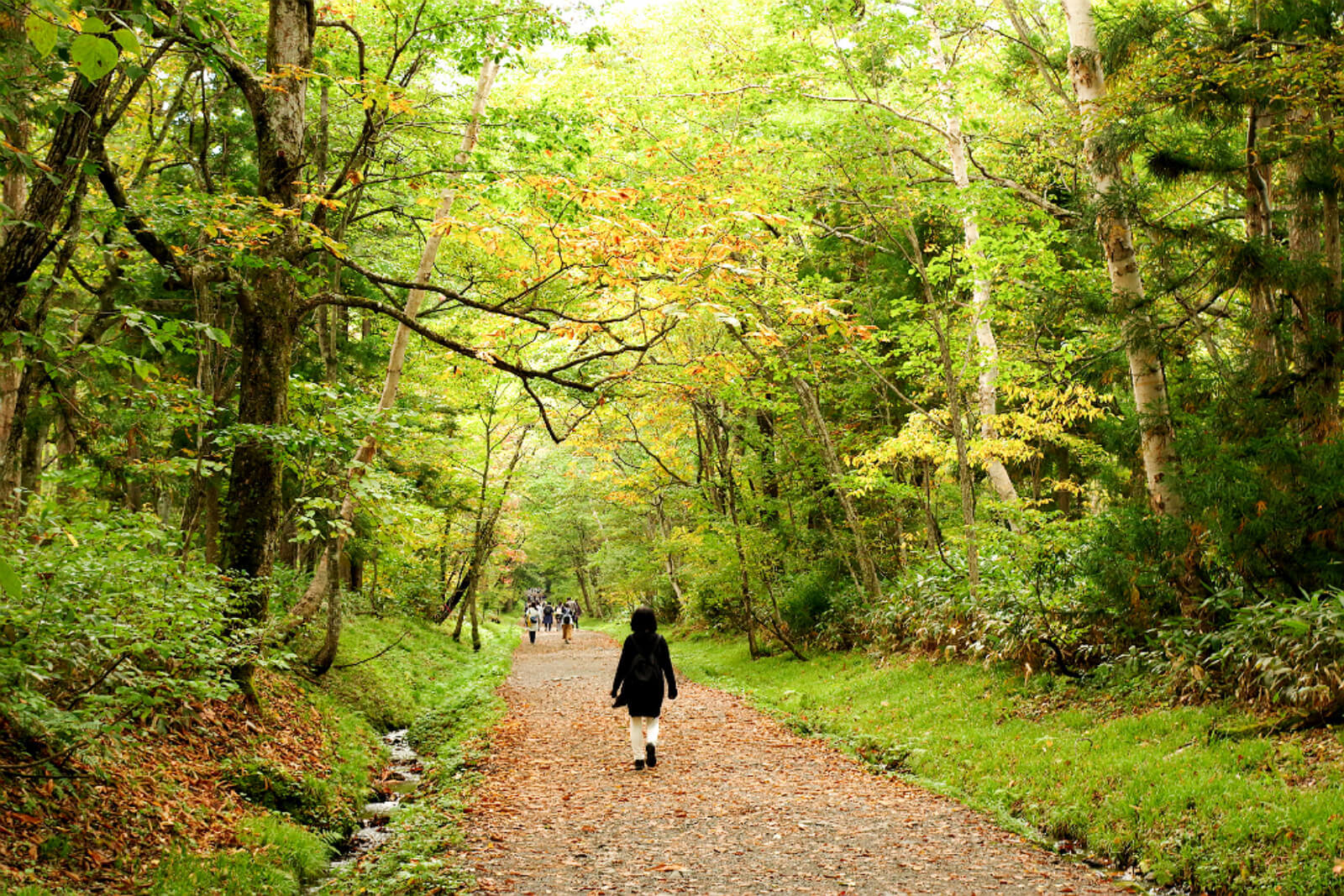
Nagano City is surrounded by idyllic, countryside spots with a wealth of culture and nature. Bountiful fields grow along the Chikuma River, ancient shrines lay in the shadow of great mountains, and sleepy towns embrace historical sites tied to some of Japan’s greatest warrior clans—there is so much to see but often too little time!
We'd like to introduce some of Nagano City’s most popular sightseeing spots: National Treasure Zenkoji Temple, the shrines of Togakushi, the museums and cafes in the charming town of Obuse, and the quiet castle town of Matsushiro.
Historical and Cultural Sightseeing Spots around Nagano City
Zenkoji Temple
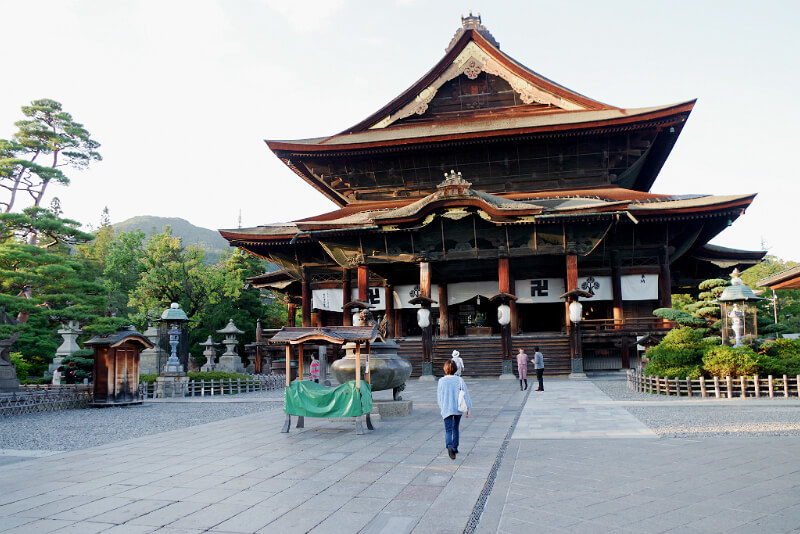
Built over 1,400 years ago, Zenkoji Temple is considered a center of Buddhist faith in Eastern Japan. It sits atop a hill in downtown Nagano City, separated from the secular world by a multitude of Buddhist lodges, smaller temples, and imposing wooden gates. In Zenkoji’s large main hall is enshrined the oldest Buddhist icon in all of Japan, which was brought here from India during the 7th century.
There is a saying that all people should visit Zenkoji at least once in their lives. Pilgrims from all around Japan have traveled here seeking prayer and enlightenment. On the Niomon Gate outside of the temple, you can see the worn straw sandals of travelers tied to the lattices on either side of the entrance.
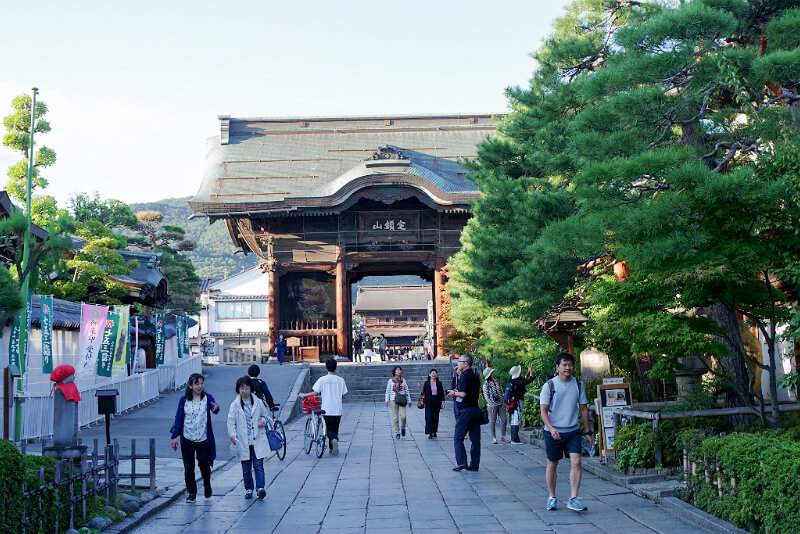
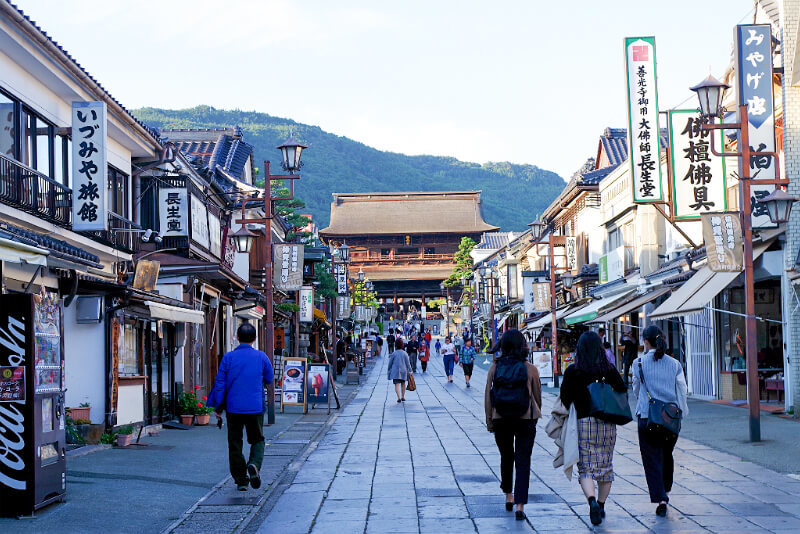
Zenkoji’s ancient halls are full of history, but may be missed by the untrained eye. Getting a tour of the temple by an expert guide will give you a richer and more meaningful experience. Best of all, the Bonsho-no-Kai offers tours in English, German, French and Chinese—all for free! You can contact them by email or phone (see this page on the Zenkoji website for details).
Obuse Town
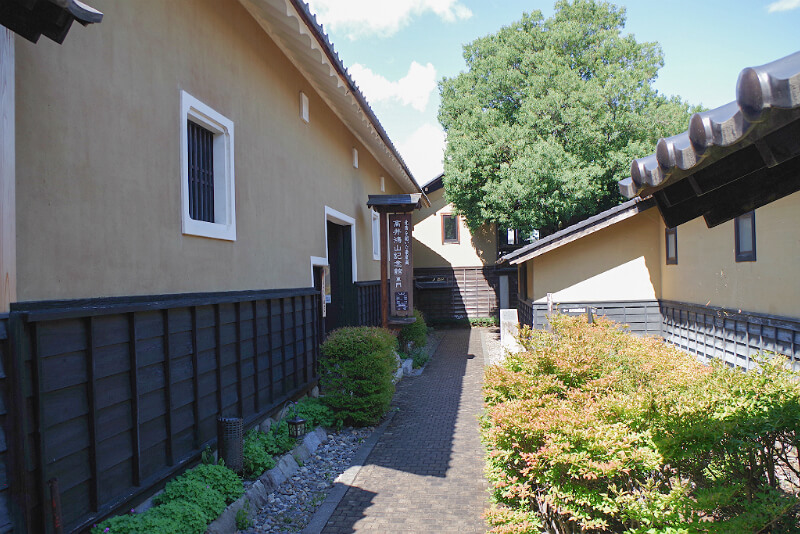
Located on the bank of the Chikuma River, the town of Obuse prospered in trade and agriculture. It is surrounded by chestnut fields, apple orchards and rice paddies, and brimming with earthen-walled storehouses, chic cafes and restaurants.
Some of Obuse’s most popular sights include the Hokusai Museum and Gansho-in Temple. The artist Katsushika Hokusai, known for his work “the Great Wave off Kanagawa,” spent many years in Obuse during his later years, and the Hokusai Museum was built in his honor. Gansho-in Temple features one of his largest and most vibrant works, the “Happo Nirami Ho’oh-zu.”
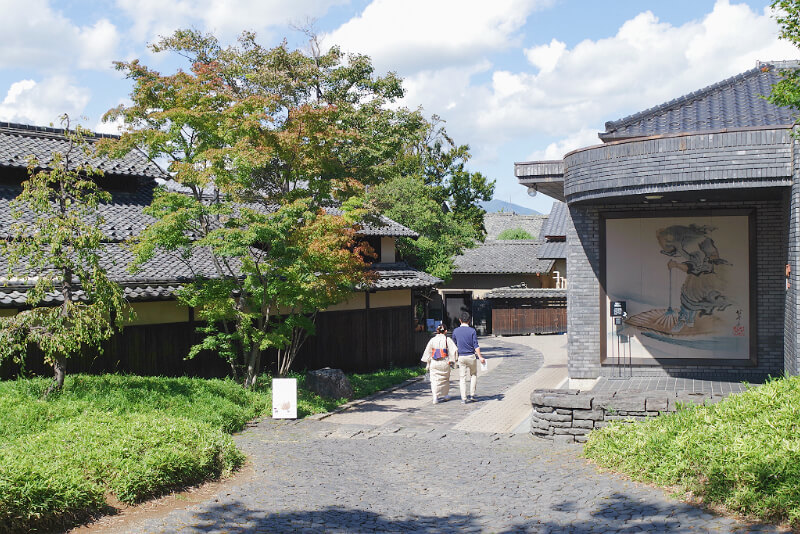
A couple walking through town. To the right, a Hokusai painting can be seen on the wall of the building.
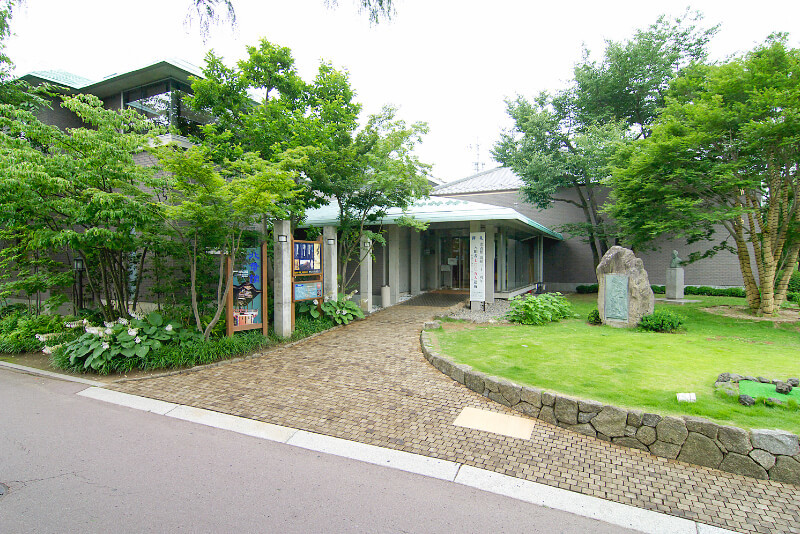
The Hokusai Museum in central Obuse
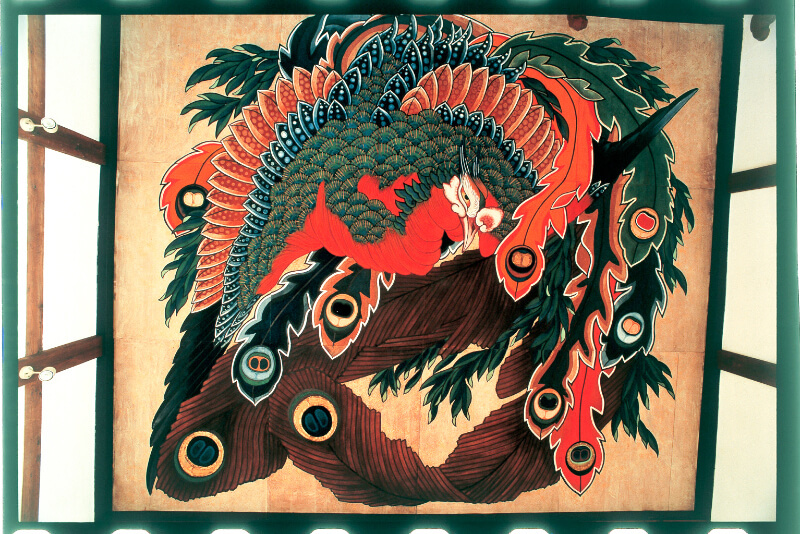
The Happo Nirami Ho’oh-zu, one of Hokusai’s last and greatest works, is painted on the ceiling of Ganshoin Temple
After sake-tasting, try getting lunch at one of Obuse’s many restaurants. Soba is a popular item around Nagano, and Obuse’s Tomikura-ke restaurant comes highly recommended; try the Kurumi Soba (cold soba served with walnut paste). If you’d like to try one of Obuse’s specialties, head to Sakurai Kanseido Sensekitei for some Kuri Okowa (chestnut rice). For dessert, visit Patisserie Rond-to or Café Sakura for chestnut-flavored sweets. It is also home to several sake breweries: Matsubaya and Masuichi.
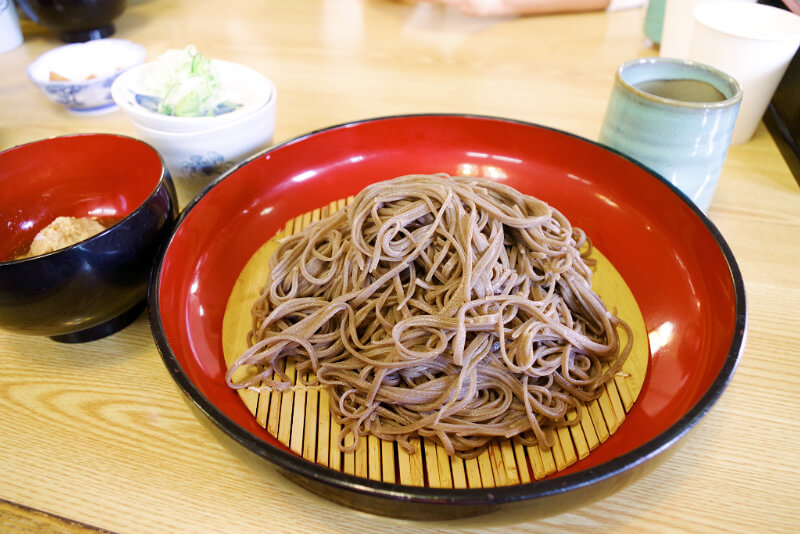
Kurumi Soba at Tomikura-ke

Chestnut soft-serve with Mont Blanc topping at Cafe Sakura
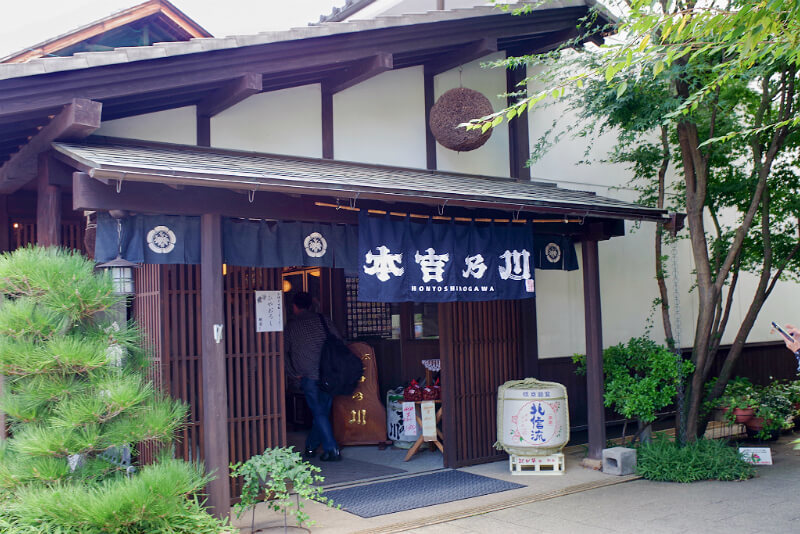
The front of Matsubaya Honten
Access to Obuse
From Nagano Station, take the Nagaden line local or express train to Obuse Station (25 to 35 min.). From there, the center of town is a 7-minute walk.
Togakushi
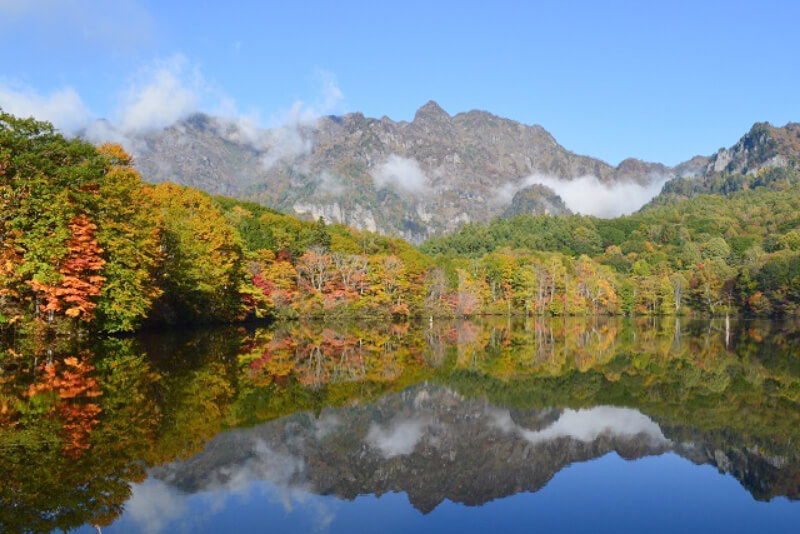
The forested plateau of Togakushi is home to the five Shinto shrines whose origins can be found in Japanese legend: Mt. Togakushi, for which the area is named, is said to be the remnant of a large stone door that the sun goddess Amaterasu hid behind after a feud with her brother. After the goddess was found, the door was thrown high into the sky, landing in modern day Nagano Prefecture. Even now, the area around the mountain still buzzes with spiritual energy.
The Okusha Shrine sits at the base of the mountain, accessible only by a 30 to 40-minute walk through the woods of Togakushi. The trail is wide, relatively flat and dotted with relics of its past, such as small stone shrines, moss-covered monuments and other holy places marked by shimenawa ropes.
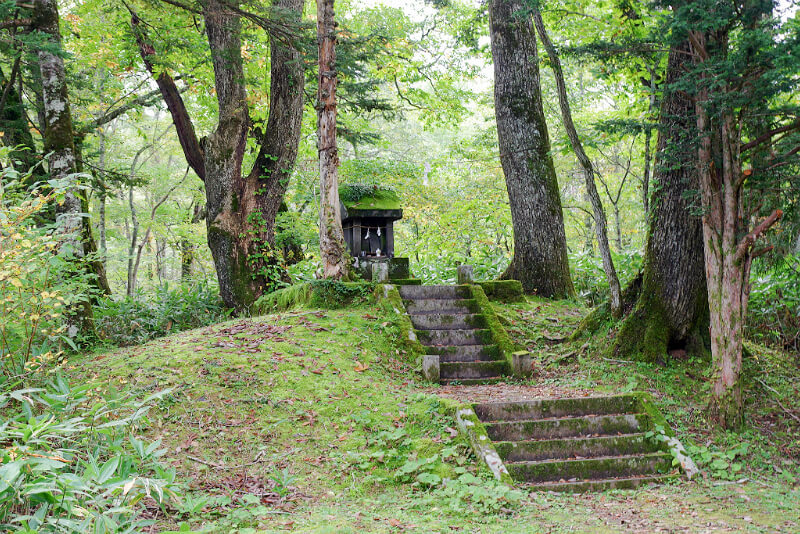
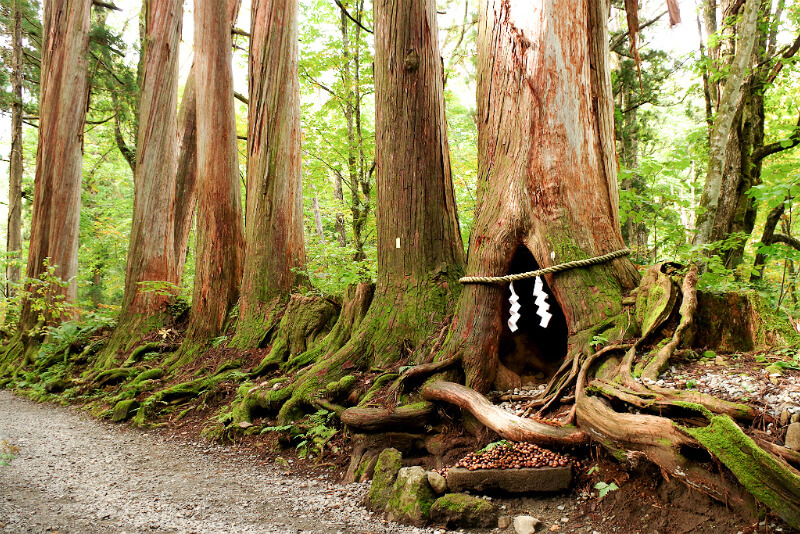
Halfway along the trail is the Zuishinmon gate, its vibrant red paint contrasting with the greenery of the forest. Beyond it are rows of 400-year-old giant cedar trees for which the trail is most famous. Another 15 minutes along the path and you reach the Kuzuryu and Okusha shrines. Make a prayer while gazing at lofty Mt. Togakushi directly above.
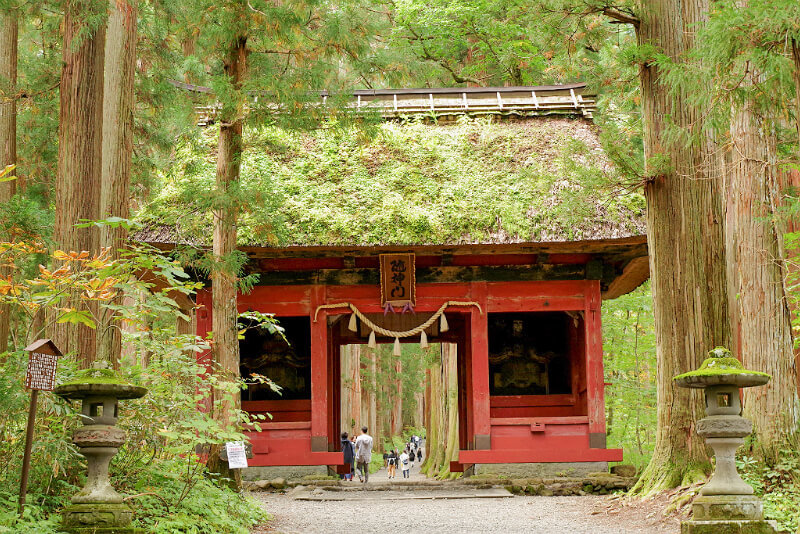
The Zuishinmon gate at the halfway point of the trail
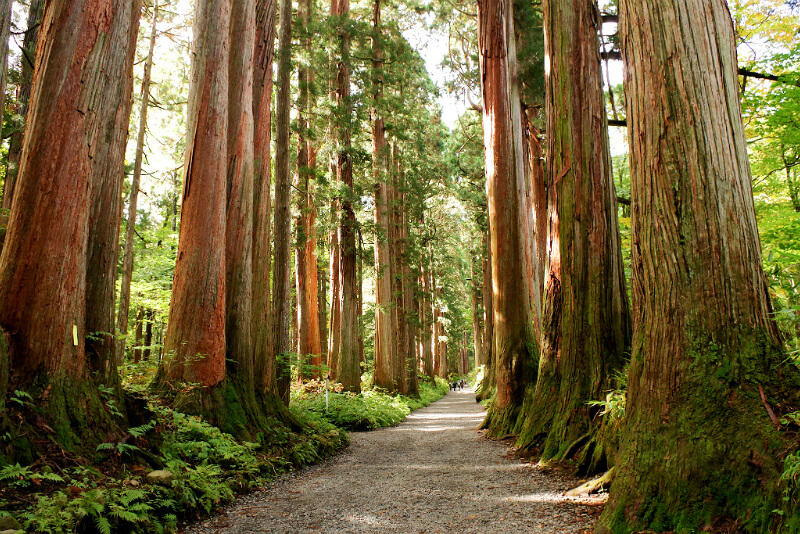
Togakushi’s 400-year-old cedars reach heights of over 50 meters
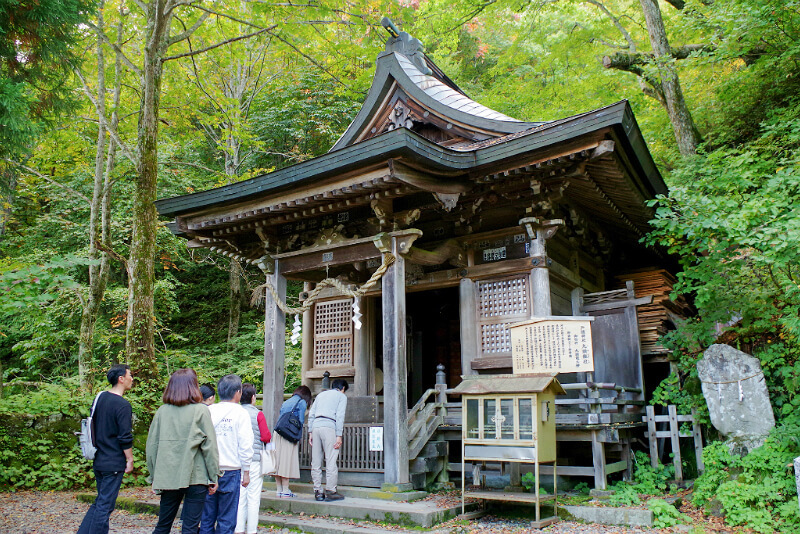
The ancient Kuzuryu Shrine stands a few meters from the Okusha Shrine
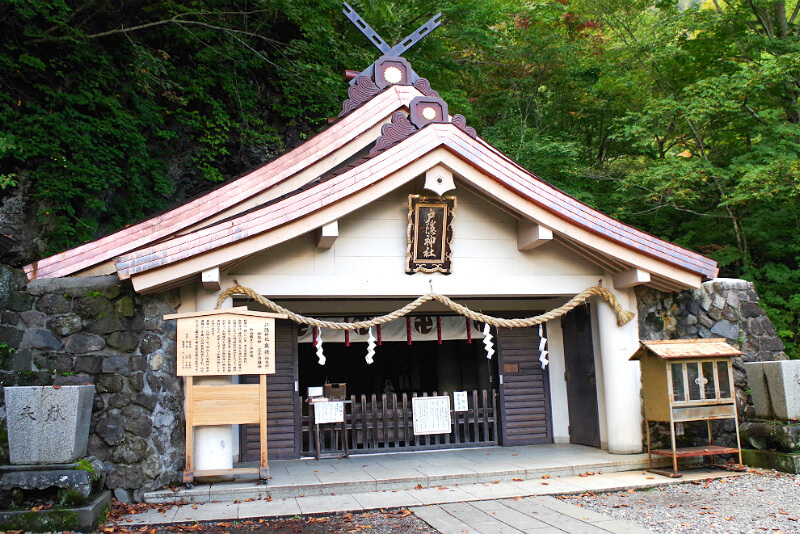
The Togakushi Okusha shrine
The walk to and from the Okusha Shrine takes between an hour to an hour and twenty minutes to complete. Several other trails intersect the shrine path as well, so for a longer walk you can head to Kagami Pond and back. Adventurous visitors can also walk along the Togakushi Kodo Trail, which connects all five shrines of Togakushi.
Access to Togakushi
From the Nagano Station No. 7 bus stop, take the Togakushi line bus to the Togakushi Okusha bus stop (approx. 70 min.).
Matsushiro
The quiet town of Matsushiro was once a thriving castle town during the Edo Period, covering the largest area of any domain in the province of Shinano. At the height of its prosperity, the domain produced 15,000 tons of rice a year—enough to feed 100,000 people. Now, its history lives on in the well-preserved Sanada Residence, the Literary and Military School (Bunbu Gakkō) and the old castle walls in the center of town (also a popular cherry blossom spot in spring).
Matsushiro is also known for its iron-rich hot springs. Clear mineral water bubbles up from the ground, turning a reddish-brown color due to oxidation on contact with the air. The iron content seems to warm your body from the inside out—perfect on a cold autumn or winter’s day.
Access to Matsushiro
From Nagano Station, take the Matsushiro line bus to Matsushiro Eki bus stop (35 min.). It is a 5-minute walk from the bus stop to the historic center of town.
Conclusion
Nagano City is most well-known for Zenkoji Temple, but beyond the city center, there are many other historical and cultural sites to see. From the towering cedar trees of Togakushi to the whimsical artworks of Hokusai in Obuse, take a step further afield to enjoy more the area has to offer.

